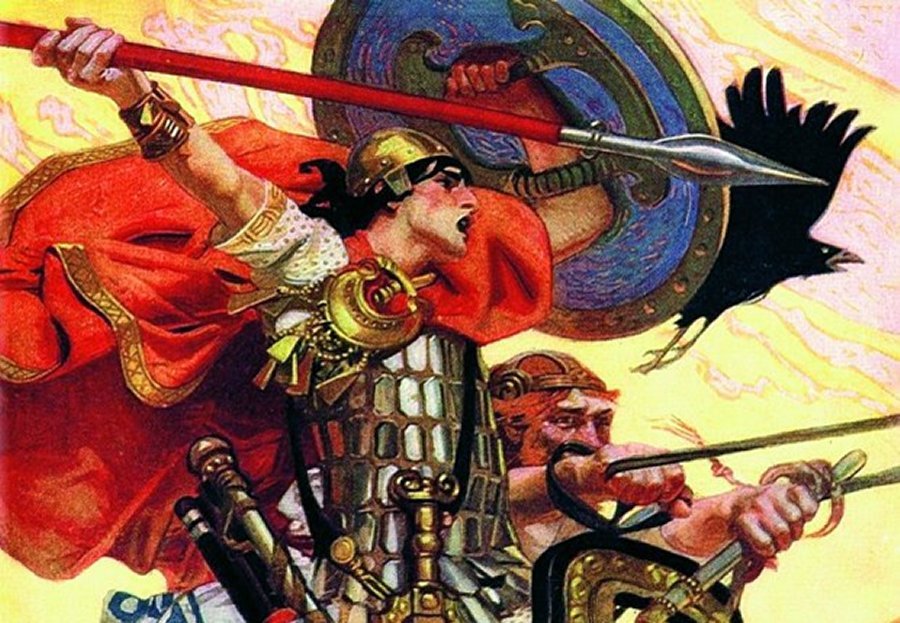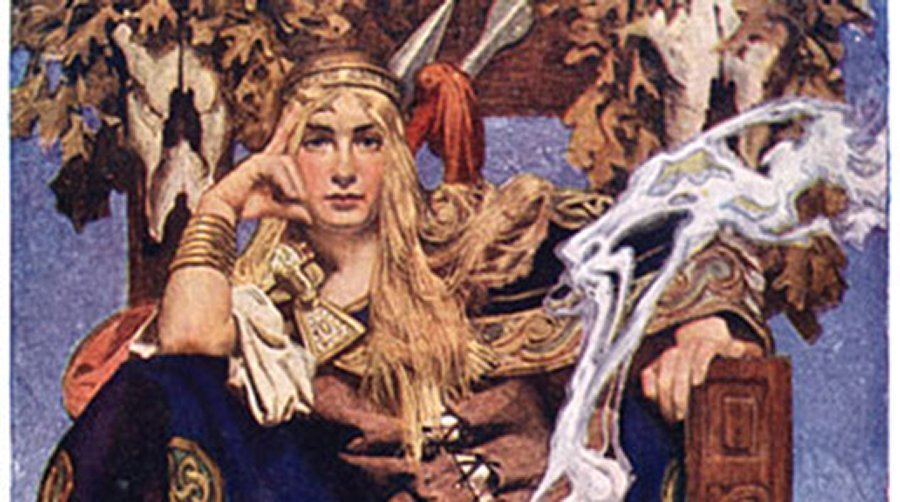Cuchulainn: Irish Mythical Hero And His Cruel Magical Spear Gae Bolg
A. Sutherland - AncientPages.com - For centuries, the Irish mythological tradition based on stories of the Pagan Celts was transmitted verbally until monks began to write them down in the 12th century in form of manuscripts.
"Cú Chulainn Riding His Chariot into Battle", illustration by J. C. Leyendecker in T. W. Rolleston's Myths & Legends of the Celtic Race, 1911
Among all of the Irish legends about adventures, voyages, great battles, invasions, and gods, perhaps Cu Chulainn is the main hero of the Ulster Cycle. In ancient Irish literature, the Ulster Cycle contains legends and tales dealing with the heroic age of the Ulaids, a people of northeast Ireland.
An important part of the Ulster Cycle describes the war between Ulster (Ulaid) and Connacht, two of Northern Ireland's most ancient provinces (in the early Middle Ages the island was divided into five provinces).
The life and the deeds of Cuchulainn (Cú Chulainn) have been described in many texts and of all the Ulster great champions none was more remarkable than a mythical figure – Cuchulainn.
Cuchulainn And His Magical Spear
He surprised with his divine, magical weapons he possessed and supernatural powers he could use as he wanted. It is said his mother was Dechtire, the daughter of the Druid Cathbad.
Young Cú Chulainn - as a boy, drawing by Stephen Reid (1912). Public Domain
She became pregnant in a dream, but his father’s identity is rather a mystery.
One story tells his father was the god Lugh, the hero of the Dananns, but we cannot take it for granted.
As a boy, he entered the Ulster king’s service and was trained by a famous legendary Scottish female warrior Scathach who taught Cuchulainn many heroic feats as standing on a lance in flight and gave him marvelous magic weapon the gae bolg, a kind of spear with thirty darts that could kill an enemy in a matter of seconds. Legend has it this terrible weapon made only one wound when entering, and immediately exploded into thirty small barbs once inside the enemy’s body.
This spear was Cuchulainn’s personal lethal weapon.
But Cuchulainn was not the only one who possessed an extraordinary spear. God Lugh had a similar weapon, which was called the “Invincible Spear” or the “Spear of Victory” and it had properties similar to a magical Sword of Nuada ("Sword of Light"), when thrown, it momentarily hit its target. This weapon was one of the lost Four Treasures of Tuatha de Danann.
The spear gae bolg of Cuchulainn was blazingly hot, and it became hotter the longer it was used. It was stored in a vat of water at night to keep it from catching fire and scorching the earth.
Why Was Cuchulainn An Unusual And Terrifying Warrior?
Many could witness how mad Cuchulainn was when he fought in the battle. When he was furious his body trembled violently and his hair stood on end. Ancient descriptions tell his muscles bulged and his body rotated within his skin. Perhaps the most puzzling part of his behavior relates to his eyes; one eye receded into his head, the other stood out huge and red on his cheek. His battle-cry drove people insane.
Whoever or whatever Cuchulainn was, he was a terrifying figure in battle, and it is known that he was one of the most furious berserkers.
How Did Mighty Warrior Cuchulainn Meet His End?
Cuchulain was a great hero but he had plenty of enemies and one of them was Queen Maeve of Connaught.
Queen Maev, the warrior queen of Connacht in Irish mythology, by J. C. Leyendecker. Credit: Joseph Christian Leyendecker (1874 - 1951) - T. W. Rolleston, Myths and Legends of the Celtic Race, Public Domain
When Cuchulainn became the leader of the Red Branch Knights, Queen Maeve offered him great rewards and gold if he would not to go into battle against her, but he refused.
Cuchulainn was blood-thirsty and enjoyed battles, but there was one decisive fight that sealed his fate.
When he killed the Druid Calatin, his children (six sorcerers) sought revenge for their father’s death. Together with Queen Maeve they plotted to kill Cuchulainn. They came up with a cunning plan to create an illusion of a battle, knowing perfectly well that Cuchulainn could not resist a good fight.
Cuchulainn was tricked to believe that Ulster was in danger. As he left his place of safety, he was struck by a magic spear thrown by one of the sorcerers.
Being a proud and courageous warrior, Cuchulainn wanted to meet his enemies face to face despite being mortally wounded. He wanted to die with honor. He stood up and tied himself to rock but for three days no one approached him.
Finally, war goddess Badb took the form of a crow and landed on his shoulder but he did not move.
The great mighty warrior and hero, Cuchulainn was dead.
Written by A. Sutherland - AncientPages.com Staff Writer
Copyright © AncientPages.com All rights reserved. This material may not be published, broadcast, rewritten or redistributed in whole or part without the express written permission of AncientPages.com
Expand for referencesMore From Ancient Pages
-
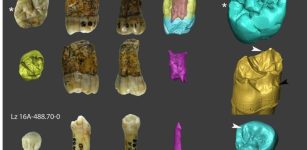 Neanderthals Lived Much Longer In Gipuzkoa Than Previously Thought
Archaeology | Feb 10, 2023
Neanderthals Lived Much Longer In Gipuzkoa Than Previously Thought
Archaeology | Feb 10, 2023 -
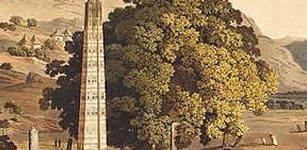 Ancient African Empires’ Impact On Migration Revealed By Genetics
Archaeology | Mar 31, 2023
Ancient African Empires’ Impact On Migration Revealed By Genetics
Archaeology | Mar 31, 2023 -
 Discovery Of Chromosomes Offers Evidence Of Ancient Humans Living In South America Over 18,000 Years Ago
Archaeology | Aug 21, 2022
Discovery Of Chromosomes Offers Evidence Of Ancient Humans Living In South America Over 18,000 Years Ago
Archaeology | Aug 21, 2022 -
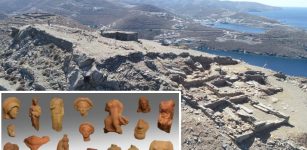 Over 2,000 Clay Figurines Discovered In The Ancient City Of Kythnos
Archaeology | Jun 10, 2023
Over 2,000 Clay Figurines Discovered In The Ancient City Of Kythnos
Archaeology | Jun 10, 2023 -
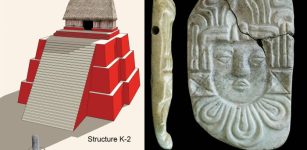 Fire-Burning Event At The Maya Kingdom Of K’anwitznal Was A Reaction To Regime Change
News | Apr 19, 2024
Fire-Burning Event At The Maya Kingdom Of K’anwitznal Was A Reaction To Regime Change
News | Apr 19, 2024 -
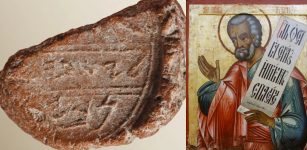 Ancient Seal Offers First Biblical Evidence Of The Prophet Isaiah?
Archaeology | Feb 27, 2018
Ancient Seal Offers First Biblical Evidence Of The Prophet Isaiah?
Archaeology | Feb 27, 2018 -
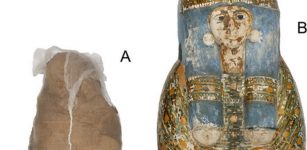 New Study Reveals Rare Mortuary Treatment Of Egyptian Mummy
Archaeology | Feb 8, 2021
New Study Reveals Rare Mortuary Treatment Of Egyptian Mummy
Archaeology | Feb 8, 2021 -
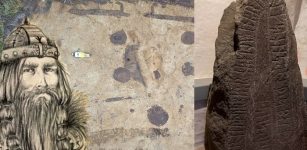 Huge Viking Hall From Harald Bluetooth’s Time Discovered In North Jutland
Archaeology | Dec 22, 2022
Huge Viking Hall From Harald Bluetooth’s Time Discovered In North Jutland
Archaeology | Dec 22, 2022 -
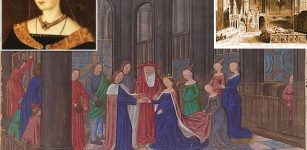 Solving The Mystery Of Westminster Abbey’s Lost Chapel And Disemboweled Saint – New Evidence
Archaeology | Dec 1, 2022
Solving The Mystery Of Westminster Abbey’s Lost Chapel And Disemboweled Saint – New Evidence
Archaeology | Dec 1, 2022 -
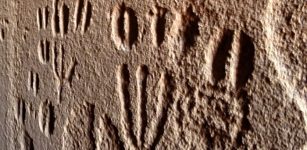 Animal Tracks And Human Footprints In Prehistoric Hunter-Gatherer Rock Art In Namibia
Archaeology | Sep 13, 2023
Animal Tracks And Human Footprints In Prehistoric Hunter-Gatherer Rock Art In Namibia
Archaeology | Sep 13, 2023 -
 Viking Grave And Sword Discovered In Norwegian Garden
Archaeology | Jul 3, 2023
Viking Grave And Sword Discovered In Norwegian Garden
Archaeology | Jul 3, 2023 -
 On This Day In History: William Penn – English Philosopher, Quaker And Founder Of Pennsylvania Was Born – Oct 14, 1644
News | Oct 14, 2016
On This Day In History: William Penn – English Philosopher, Quaker And Founder Of Pennsylvania Was Born – Oct 14, 1644
News | Oct 14, 2016 -
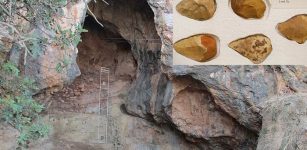 Oldest-Known Grinding Tool Used 350,000 Years Ago Was Found In Tabun Cave, Israel
Archaeology | Jan 4, 2021
Oldest-Known Grinding Tool Used 350,000 Years Ago Was Found In Tabun Cave, Israel
Archaeology | Jan 4, 2021 -
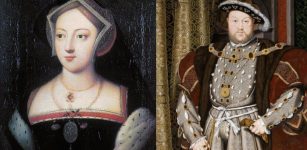 Mary Boleyn – King Henry VIII’s Other Woman And Sister Of Anne Boleyn
Featured Stories | Jul 24, 2018
Mary Boleyn – King Henry VIII’s Other Woman And Sister Of Anne Boleyn
Featured Stories | Jul 24, 2018 -
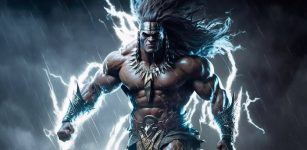 Who Deceived Mighty Yuku God Of Rain And Thunder In Beliefs Of Yaquis Of Southern Arizona And Sonora, Mexico?
Native American Mythology | Dec 21, 2023
Who Deceived Mighty Yuku God Of Rain And Thunder In Beliefs Of Yaquis Of Southern Arizona And Sonora, Mexico?
Native American Mythology | Dec 21, 2023 -
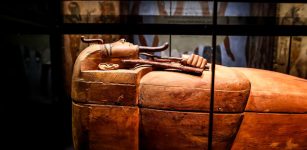 Pharaoh Ramses II’s Sarcophagus On Display For The First Time In 50 Years
Artifacts | Apr 11, 2023
Pharaoh Ramses II’s Sarcophagus On Display For The First Time In 50 Years
Artifacts | Apr 11, 2023 -
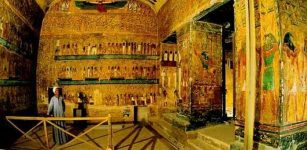 Tomb Of Pharaoh Seti I Is The Largest Tomb In The Valley Of The Kings
Ancient History Facts | Feb 5, 2016
Tomb Of Pharaoh Seti I Is The Largest Tomb In The Valley Of The Kings
Ancient History Facts | Feb 5, 2016 -
 Five Magnificent Engraved Ancient Tombs Discovered Near King Merenre Pyramid In Saqqara, Egypt
Archaeology | Mar 19, 2022
Five Magnificent Engraved Ancient Tombs Discovered Near King Merenre Pyramid In Saqqara, Egypt
Archaeology | Mar 19, 2022 -
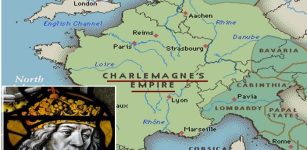 On This Day In History: Charlemagne Became The King Of The Franks – On Dec 5, 771
News | Dec 5, 2016
On This Day In History: Charlemagne Became The King Of The Franks – On Dec 5, 771
News | Dec 5, 2016 -
 Kentucky’s Little-Known Ancient Underground City And Mysterious Lost Civilization
Featured Stories | Jun 13, 2024
Kentucky’s Little-Known Ancient Underground City And Mysterious Lost Civilization
Featured Stories | Jun 13, 2024

